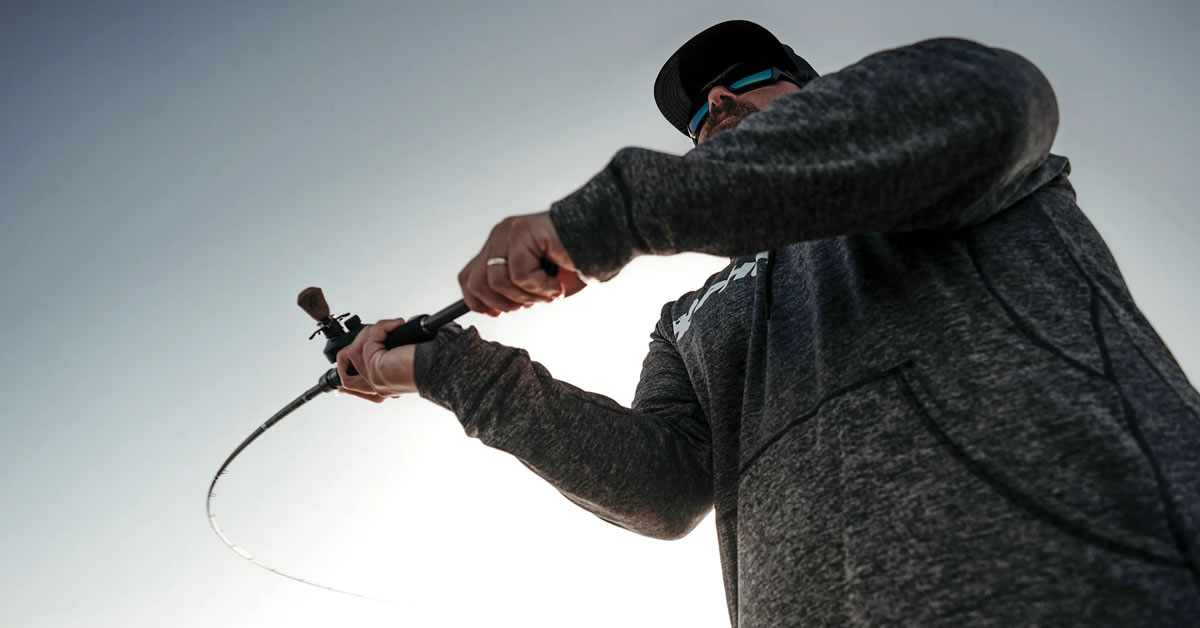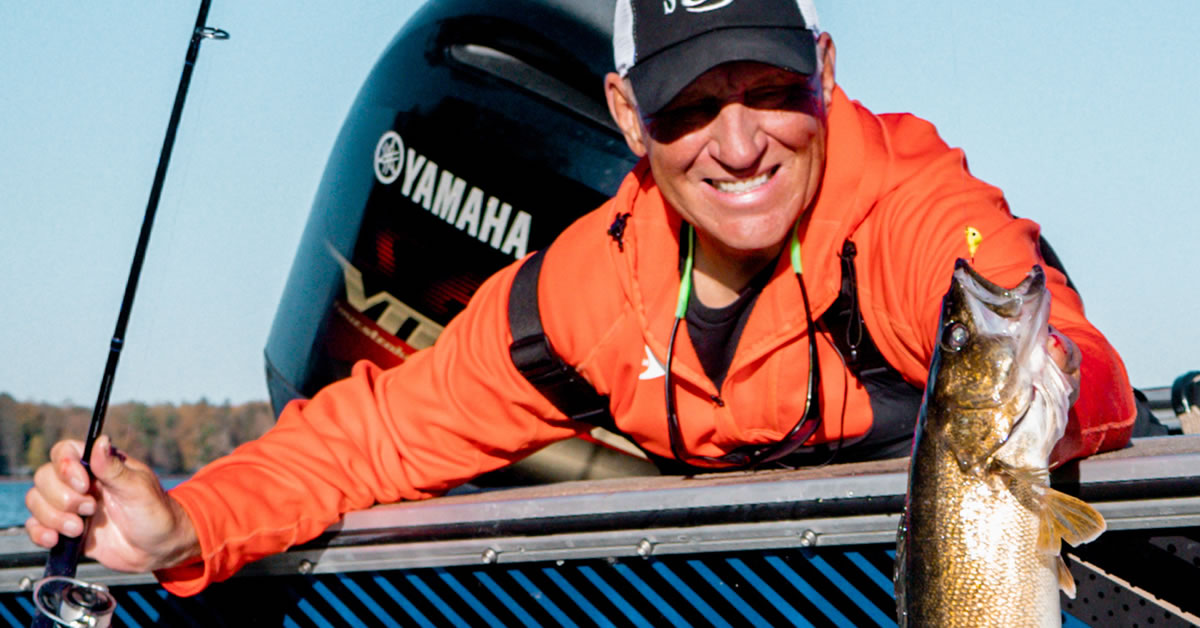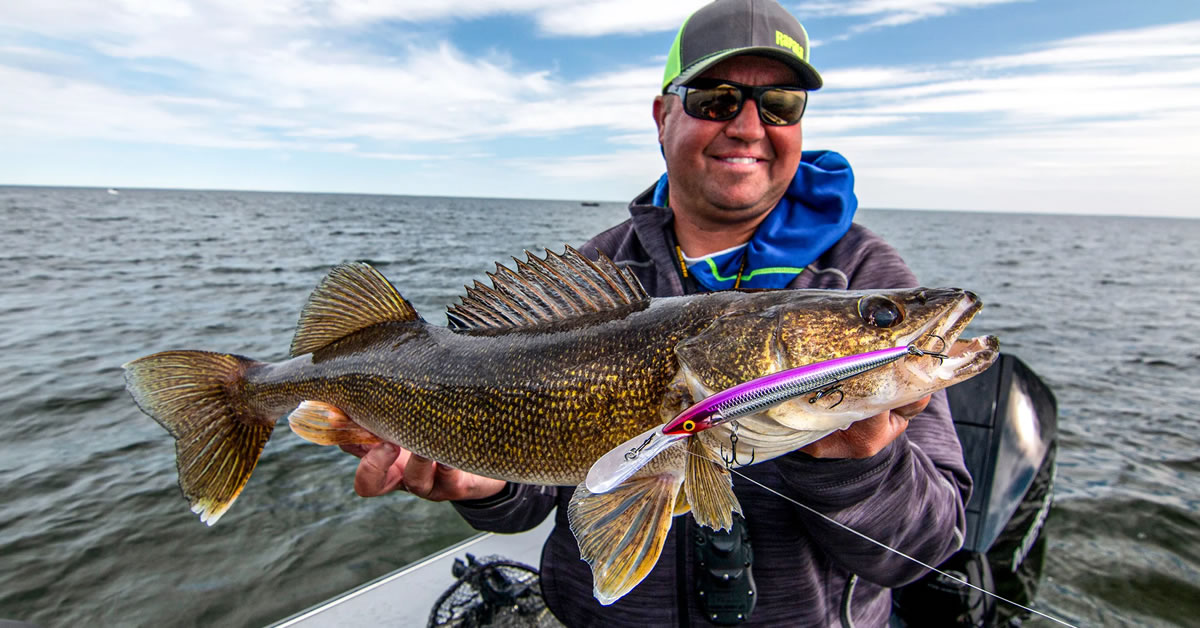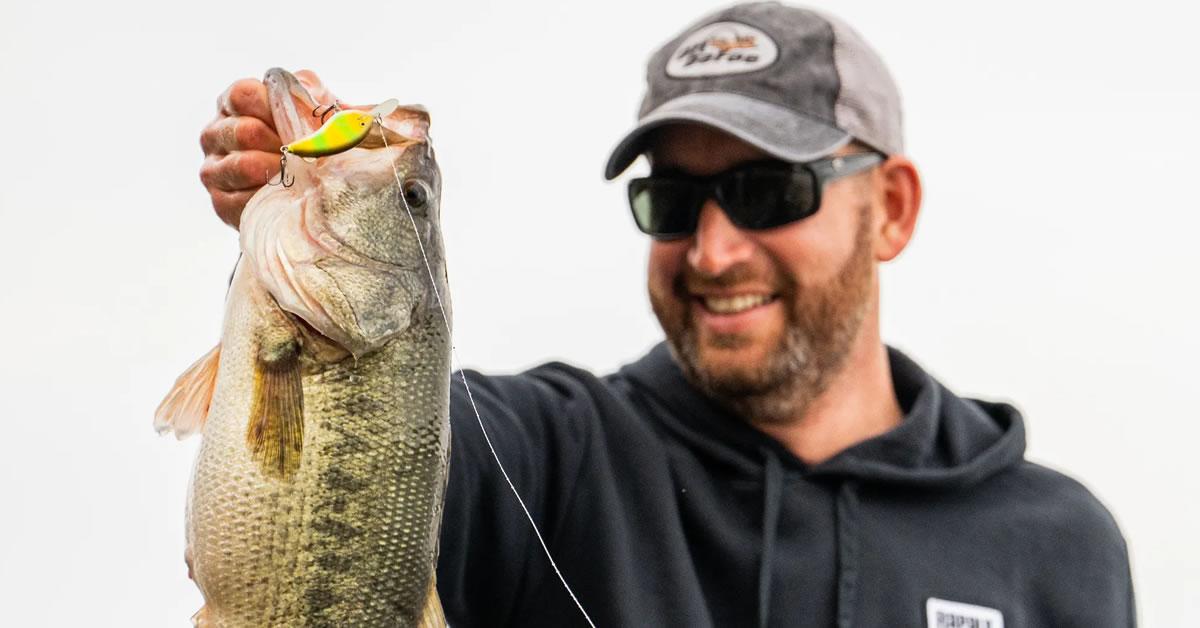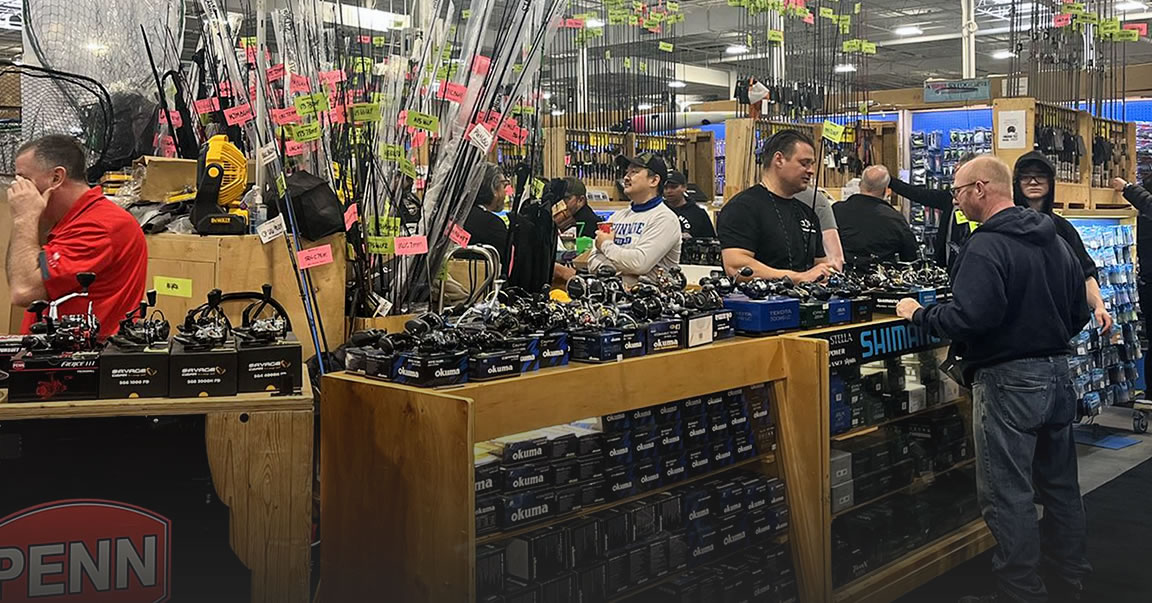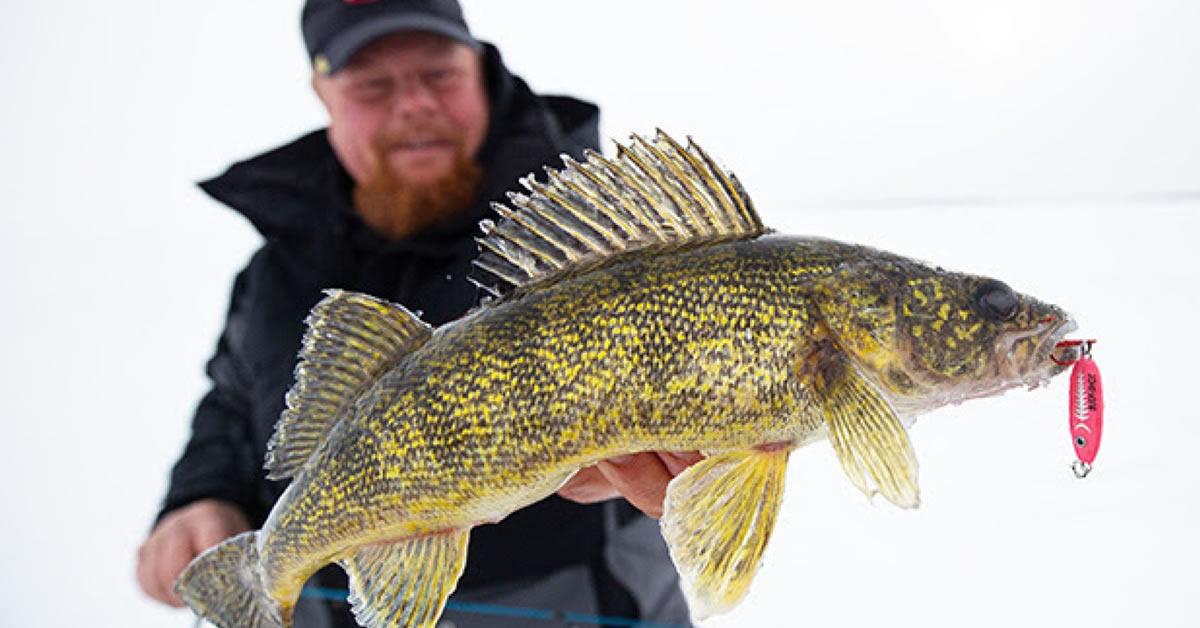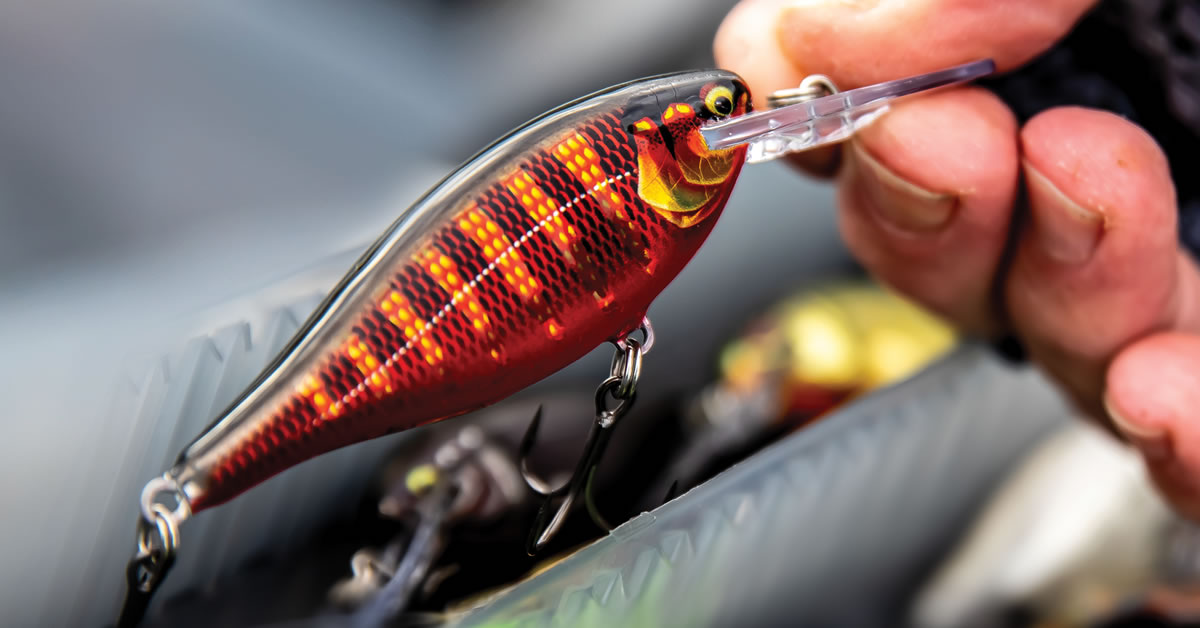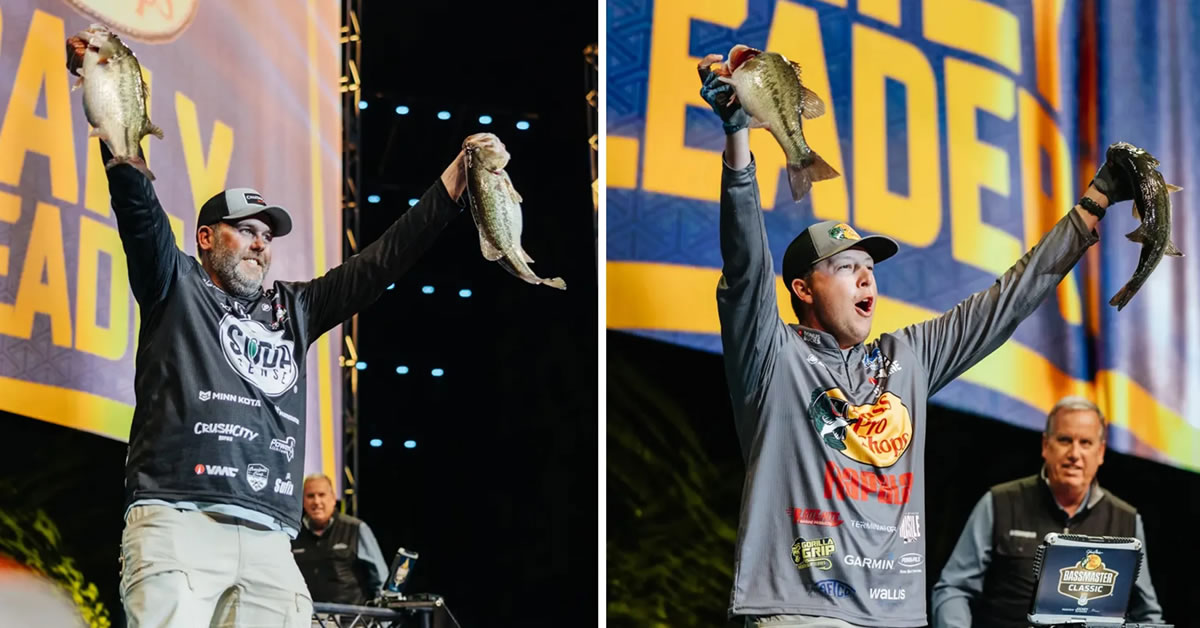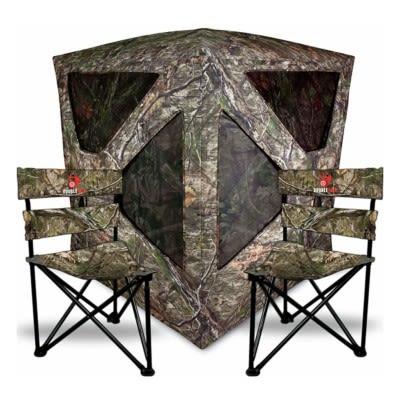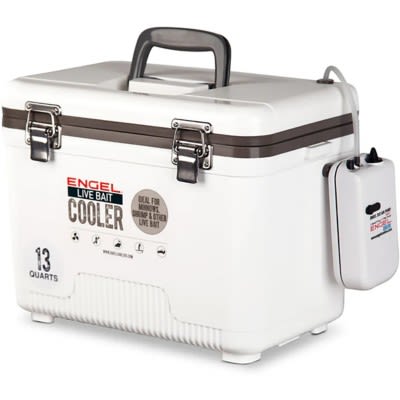Cold Water and Crankbaits
by Dennis FosterFar from a contradiction of terms, they actually complement each other… and quite well too
.jpg) During the first open water forays of the year, most walleye anglers-even your more sophisticated types-just don't equate hard bodied lures with early season success. In reality, nothing could be further from the facts. Yes, jigs and rigs have been and will remain the staple presentation in cold water conditions. But, I am here to dispel some myths and make a case for you giving crankbaits some serious consideration this Spring.
During the first open water forays of the year, most walleye anglers-even your more sophisticated types-just don't equate hard bodied lures with early season success. In reality, nothing could be further from the facts. Yes, jigs and rigs have been and will remain the staple presentation in cold water conditions. But, I am here to dispel some myths and make a case for you giving crankbaits some serious consideration this Spring.
Tried and true can also become tedious and tiresome. Take a leap of faith and put down your spinning rods and jigs long enough to break out the linecounters and lures…if only for an afternoon. I do believe you will be pleasantly surprised at your results. And no, I am not one of those "crankbait crazy" guys who won't allow livebait in their boat. Quite the contrary, I prefer to livebait-most of the time. But, I am also pragmatic in that I also prefer to catch fish-all of the time. Therefore, you can be assured that my Warrior will always be filled with plugs, long before it even comes close to the ramp.
If you aren't convinced yet, please, try and get it out of your head that walleye's will not chase down swiftly moving lures in cold water, they unequivocally most certainly will. And do. Walleye's are voracious top of the line predators. Meaning their senses are highly attuned to pick up any signals in their environment that indicate prey. This is where crankbaits really shine. Due to factors such as the sheer size and color options for visual clues, flash due to the wobbling and rolling of the lure, sound from rattles, and most importantly in my mind-water displacement. I am of the very strong opinion that all fish feel lures through their lateral line long before they ever see them. Meaning you can draw more fish from longer distances than simply dangling something directly in front of them. Once attracted to one, a couple, or all of the triggering cues listed, they will seldom turn down the chance for what they perceive as a quick and substantial meal.
Many of you are skeptical at best about crankbaits early in the season, let alone using oversized ones. Small crankbaits typically ran behind leadcore is the primary presentation for a majority of folks who embrace the system. I tend to agree. It's hard to beat running a number 5 Salmo Hornet, Rapala Shad Rap, Walleye Divers, and a new personal favorite of mine, the 100 series ReefRunner. As good as these are, I differ in that I feel it is always a good idea to have at the very minimum, one large bait in your spread. They may get a few less strikes, but make up for it in consistently picking off bigger fish.
.jpg) An interesting new bait that will fit this role nicely is the 4 1/2" long bodied SkinnyStick from ReefRunner. It's unique in that it has a concave head directly behind a deep diving bill that serves two contrasting purposes. The water flow over and through the scooped out section allows the bait to produce a seductively tight wobble at speeds as low as ½ MPH and keeps in from spinning out at 4 to 5 MPH. In addition to the unique head, this bait also sports an oval line attachment that replaces the split ring that is standard fare on most baits. This helps free the bait to move better at low speed and eliminates foul running caused by our snaps or knots ending up in the "split" part of the ring. We now have a sizable bait that dives to nearly 25 feet on Fireline and will run remarkably well in a slow moving spread with flat lines ran directly behind the boat in conjunction with long rods and leadcore out the sides.
An interesting new bait that will fit this role nicely is the 4 1/2" long bodied SkinnyStick from ReefRunner. It's unique in that it has a concave head directly behind a deep diving bill that serves two contrasting purposes. The water flow over and through the scooped out section allows the bait to produce a seductively tight wobble at speeds as low as ½ MPH and keeps in from spinning out at 4 to 5 MPH. In addition to the unique head, this bait also sports an oval line attachment that replaces the split ring that is standard fare on most baits. This helps free the bait to move better at low speed and eliminates foul running caused by our snaps or knots ending up in the "split" part of the ring. We now have a sizable bait that dives to nearly 25 feet on Fireline and will run remarkably well in a slow moving spread with flat lines ran directly behind the boat in conjunction with long rods and leadcore out the sides.
These lures represent just a few of those that will work in cool water conditions and it does pay to play-around with a variety of baits. To facilitate quick lure changes, I rely on the Crank Caddy system. This new type of tackle box features 3 different sized flexible inserts which keep lures virtually tangle free and at the ready. They will accommodate 42 small, 28 medium, or 12 large lures. For tackle nuts such as myself-I choose to fill each box with specific baits in specific sizes. If I'm having consistent luck with say a 100 ReefRunner; all I have to do is simply grab a box that is chock full of them and I have a spectrum of colors to choose from as conditions and preferences continually change throughout the course of the day. Even niftier is the dash-mount version that keeps the key players handy as I am continually rotating them in and out of the lineup.
Location is easy as all you need to do is start pulling your lures in the same exact areas that you traditionally use livebait tactics. Be polite and always pull to the outside or deeper side of the boats livebaiting and karma often rewards you by picking off some above average fish. I feel they are pressured just off the edge and at the same depth of the structure you are concentrating on; therefore by swinging wide, your lures will be directly in the faces of these suspended, untouched, and untapped fish.
.jpg)
As for speed, 1 and ½ to 2 MPH is about right, most of the time. Typically just enough motion to get the plugs wobbling is all that's needed. A promising combination I will be trying out this Spring will be to run little jointed baits on leadcore in conjunction with the SkinnyStick on Fireline. As both plugs will easily begin working effectively around the 1 MPH mark, we can have both big and small baits that we can use to steadily and deliberately strain high percentage spots. Be willing to bump up your speed occasionally, as it does work. It's very common to get instantly bit when sweeping lures ran behind leadcore ahead to check for debris or speeding up to blow them over shallow humps. Take heed of what the fishing are trying to tell and experiment with speed adjustments throughout the day.
On one of your first outings this Spring, consider mixing it up a bit and stepping out of your comfort zone, if even just for a few hours. By giving some of what I have passed along an honest attempt, and not just tossing out a couple of cranks in desperation when your typical tactics aren't working, I do believe that you will quickly find yourself catching a few more fish. Even more importantly, you will be gaining confidence while adding another valuable new tool to your Spring program, with confidence being the key factor each and every time you hit the water.



